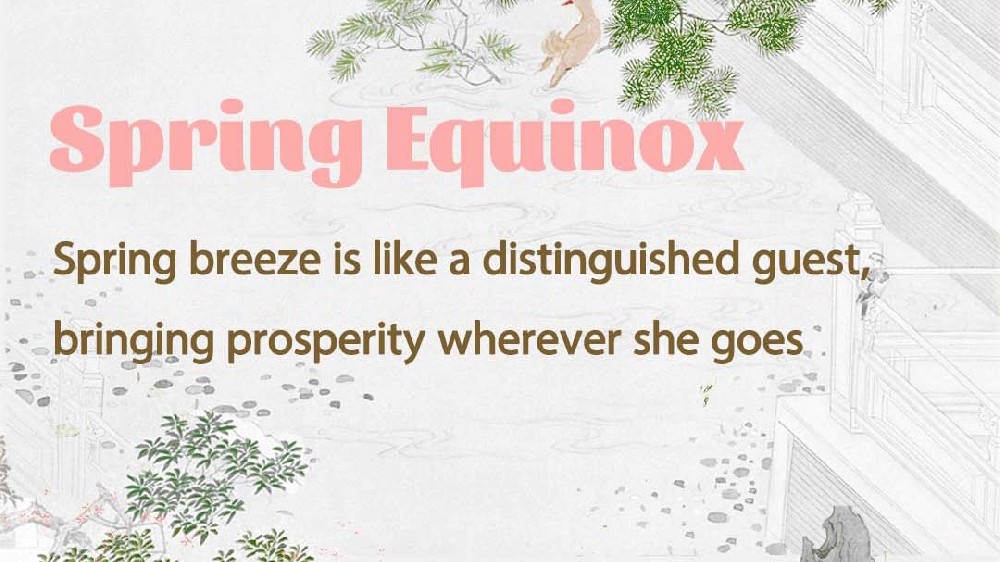Heritage Grid | Mount Tai: Where Heaven Meets Earth
At dawn, the first rays of sunlight pierce the mist-shrouded peaks of Mount Tai (泰山), casting an amber glow over a landscape that has captivated emperors, poets, and pilgrims for millennia. Known as the First Mountain under Heaven (天下第一山), this 1,545-meter-tall colossus in Shandong Province is more than a geological marvel—it is a living chronicle of China’s spiritual and cultural evolution.

Unlike the Great Wall’s martial grandeur or the Forbidden City’s imperial austerity, Mount Tai embodies a rare duality: a UNESCO World Heritage Site recognized for both cultural and natural significance, where human ambition intertwines with the raw power of nature.
A Cradle of Myths and Monarchs
Rising abruptly from the North China Plain, Mount Tai’s geological drama began 2.5 billion years ago, its bedrock forged through tectonic collisions and ancient seafloor upheavals. Yet its true legacy lies in its role as China’s “axis mundi.” For over 3,000 years, emperors from Qin Shi Huang to Qianlong trekked its 7,200 stone steps to perform fengshan (封禅)—a ritual to commune with heaven and legitimize their divine mandate. As Confucius once proclaimed after ascending its slopes: “How small the world appears from this peak!”.
The mountain’s slopes are a palimpsest of devotion: Taoist temples cling to cliffs, while inscriptions by Chinese great literati like Li Bai and Du Fu adorn its boulders. Du Fu’s Gazing at Mount Tai (《望岳》) immortalized its majesty: “ Endowed by nature with superexcellent beauties, In sharp contrast of bright adret to gloomy back in shadow”. (造化钟神秀,阴阳割昏晓。)Even today, pilgrims gather at the Azure Cloud Temple (碧霞祠) to honor the goddess Bixia Yuanjun, whose worship blends Taoist mysticism with grassroots spirituality.
The most prevalent legend about the origins of Bixia Yuanjun (the Celestial Immortal Jade Maiden of Mount Tai) identifies her as the daughter of the God of Mount Tai (Dongyue Dadi). In reality, both Bixia Yuanjun and Dongyue Dadi represent personified mountain deities originating from ancient primal worship of sacred mountains. Legends claim they resided together on Mount Tai, earning Bixia Yuanjun the affectionate title "Lady of Mount Tai".
Known as the "North’s Celestial Matron and the South’s Mazu" (symbolizing mountain and ocean guardians, respectively), Bixia Yuanjun’s maternal image resonated deeply with agricultural communities in northern China.
While initially revered as a fertility goddess, her divine responsibilities expanded to include agriculture, commerce, health, and safety.
During the Ming and Qing dynasties, imperial rulers strategically utilized her worship to reinforce the concept of the divine right of kings while harnessing her widespread popularity to integrate local communities and maintain social stability.
A Living Museum of Biodiversity
Beneath its cultural veneer, Mount Tai thrives as an ecological ark. With 81% forest coverage and over 10,000 ancient trees—some dating to the Han Dynasty—its slopes shelter species like the rare Taihangshan yews. UNESCO lauds these “living fossils” as masterpieces of nature and human stewardship.
Among China’s Giants
While China boasts 57 UNESCO World Heritage sites, few marry natural and cultural grandeur like Mount Tai. The Great Wall symbolizes military might, and the Summer Palace embodies imperial leisure. Yet Mount Tai’s value lies in its layered narratives: a sacred space where geology, religion, and governance converge. Unlike the singular focus of the Terracotta Army or Fujian’s tulou villages, it is a microcosm of Chinese cosmology.
In a region replete with sacred mountains—Japan’s Fuji, Korea’s Jirisan—Mount Tai stands apart. Fuji’s symmetry inspires art; Jirisan’s Buddhist serenity contrasts with Tai’s Taoist-Confucian syncretism.
Mount Tai endures not as a relic, but as a dialogue between earth and sky, past and present. As hikers pause at the 18th-century “First Mountain under Heaven” inscription, they tread the same stones where emperors sought legitimacy and poets found transcendence. In a world increasingly fractured, Tai’s lesson is timeless: true greatness lies not in height, but in the stories we inscribe upon the land.
Related articles
-
 Qilu Culture: Prosperous cultural treasure
Qilu Culture: Prosperous cultural treasureMore
-
 All Men Are Brothers?The Water Margin took place here
All Men Are Brothers?The Water Margin took place hereMore
-
 Mount Tai: The Symbol of Shandong
Mount Tai: The Symbol of ShandongMore
-
 Heritage Grid | The Sacred Peaks: How these Five Mountains Forged Chinese's Identity
Heritage Grid | The Sacred Peaks: How these Five Mountains Forged Chinese's IdentityMore
-
 Heritage Grid | The Sacred Trinity of Qufu: Confucius’ Temple, Forest, and Mansion
Heritage Grid | The Sacred Trinity of Qufu: Confucius’ Temple, Forest, and MansionMore
